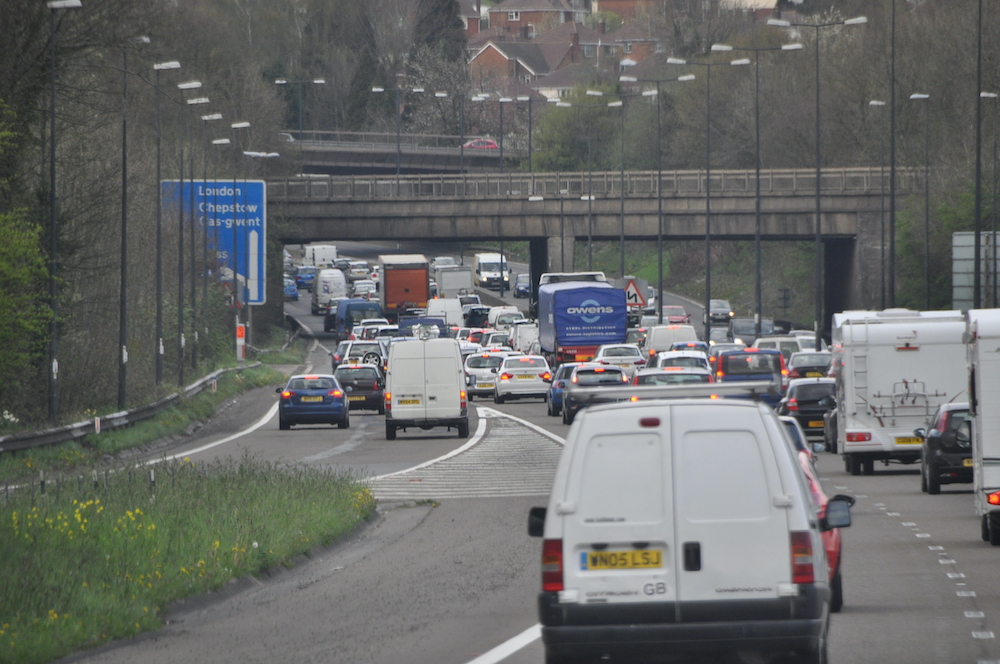Air quality in Newport continues to improve

Nicholas Thomas, local democracy reporter
Air quality “continues to show improvements” across Newport, including at a series of junctions along the M4.
The city council is preparing to publish its new Air Quality Action Plan for the next five years, detailing how it intends to tackle levels of nitrogen dioxide, a pollutant generated by vehicle emissions.
The new plan states air pollution in the city is “undergoing a transformation” and has not returned to pre-pandemic levels, even after lockdowns and other measures were lifted.
“Air quality impacts have not reverted to their 2019 levels and should continue their downward trends towards sustained compliance,” the action plan reads.
The council said this trend was “perhaps due to changed working patterns, fuel prices and increasing modal change in transportation towards cleaner technologies”.
Air Quality Management Areas
A series of Air Quality Management Areas (AQMAs) across Newport measure nitrogen dioxide levels.
Five of these are situated along the M4, and are likely to be revoked after recording “sustained compliance” with targets.
The council said this had followed the introduction of a 50mph average speed limit on the motorway, and could also be linked to more people working from home since the pandemic, rather than commuting to work every day.
The new action plan will instead focus on the city’s six other AQMAs, located in Caerleon’s High Street, Caerphilly Road in Bassaleg, Cefn Road in Rogerstone, a stretch of Chepstow Road in Maindee, George Street west of the bridge, and Malpas Road south of the M4.
Nitrogen dioxide levels
The action plan shows nitrogen dioxide levels had fallen below the council’s target from 2020 onwards, but figures for 2022 – the latest available – indicate levels have crept back up slightly in Cefn Road and George Street.
In all six sites, council research found diesel cars were the biggest contributor to nitrogen dioxide emissions – accounting for roughly half of recorded levels – ahead of diesel LGVs (light goods vehicles).
While major transport decisions tend to be taken at a higher level than local authorities – think the UK Government’s plans to phase out sales of new diesel and petrol cars, or the Welsh Government’s switch to a 20mph default speed limit – Newport City Council’s new action plan sets out how it too plans to tackle air pollution.
It hopes switching the council fleet to electric vehicles, along with more electric buses, education campaigns in schools, and promoting walking and cycling will all help drive up the city’s air quality.
Anticipated changes to planning rules could also mean developers may be encouraged to meet air quality commitments if they are to secure permission for any new building work.
Support our Nation today
For the price of a cup of coffee a month you can help us create an independent, not-for-profit, national news service for the people of Wales, by the people of Wales.




